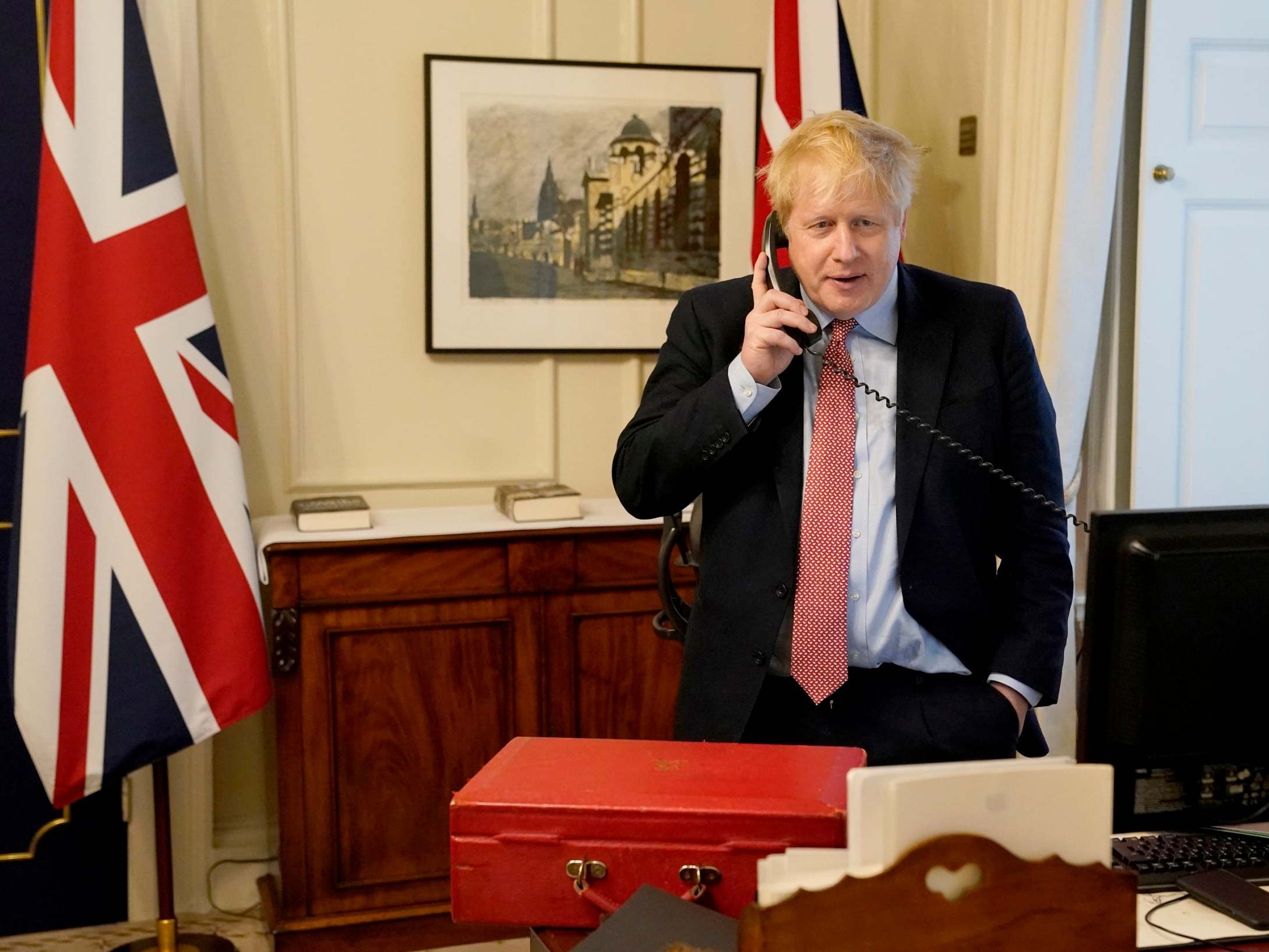Johnson’s boundary review is likely to benefit the Tories at the next general election
And the commission recommendations will be implemented automatically, with no vote in parliament, writes John Rentoul


Boris Johnson made a decision last week that could make all the difference to the result of the next election, even though that is likely to be four years away. The prime minister signed off on the remit for the boundary commissions that will redraw the map of parliamentary constituencies.
It was announced in a written statement from Chloe Smith, a cabinet office minister. The previous work of the boundary commissions, reducing the number of seats in the House of Commons from 650 to 600 to fulfil David Cameron’s pledge to “cut the cost of politics”, has been junked.
Instead, the commissions will be expected to keep 650 seats, but update their boundaries so that the number of voters in each constituency is as equal as possible. The boundaries were last drawn in 2005-08, so they are now out of date. North West Cambridgeshire has 92,000 registered voters, for example, while Wirral West has just 55,000.
The new constituencies will be required to vary by no more than 5 per cent from the average electorate, which is 73,000 (except for the four “protected” constituencies: Orkney and Shetland, Na h-Eileanan an Iar, and two seats for the Isle of Wight).
The new review should be completed by October 2023, in time for a 2024 election. And the government has made one other significant change, which is that the commission recommendations will be implemented automatically, with no vote in parliament. What scuppered a previous attempt to redraw the boundaries was that the Liberal Democrats voted against them in 2012 in retaliation for the Conservatives voting against House of Lords reform.
This time, the Conservatives have a majority; there will be no cut in the numbers, so Tory MPs won’t worry about losing their seats; and there won’t be a vote in parliament anyway. So the changes should go through.
That means the Conservatives are likely to gain seats, as the current out-of-date boundaries discriminate against them (although it’s complicated). As things stand, Labour needs to gain 119 seats to win a majority. By the time of the next election, its mountain to climb is likely to be even higher.
Yours,
John Rentoul
Chief political commentator
Join our commenting forum
Join thought-provoking conversations, follow other Independent readers and see their replies
Comments